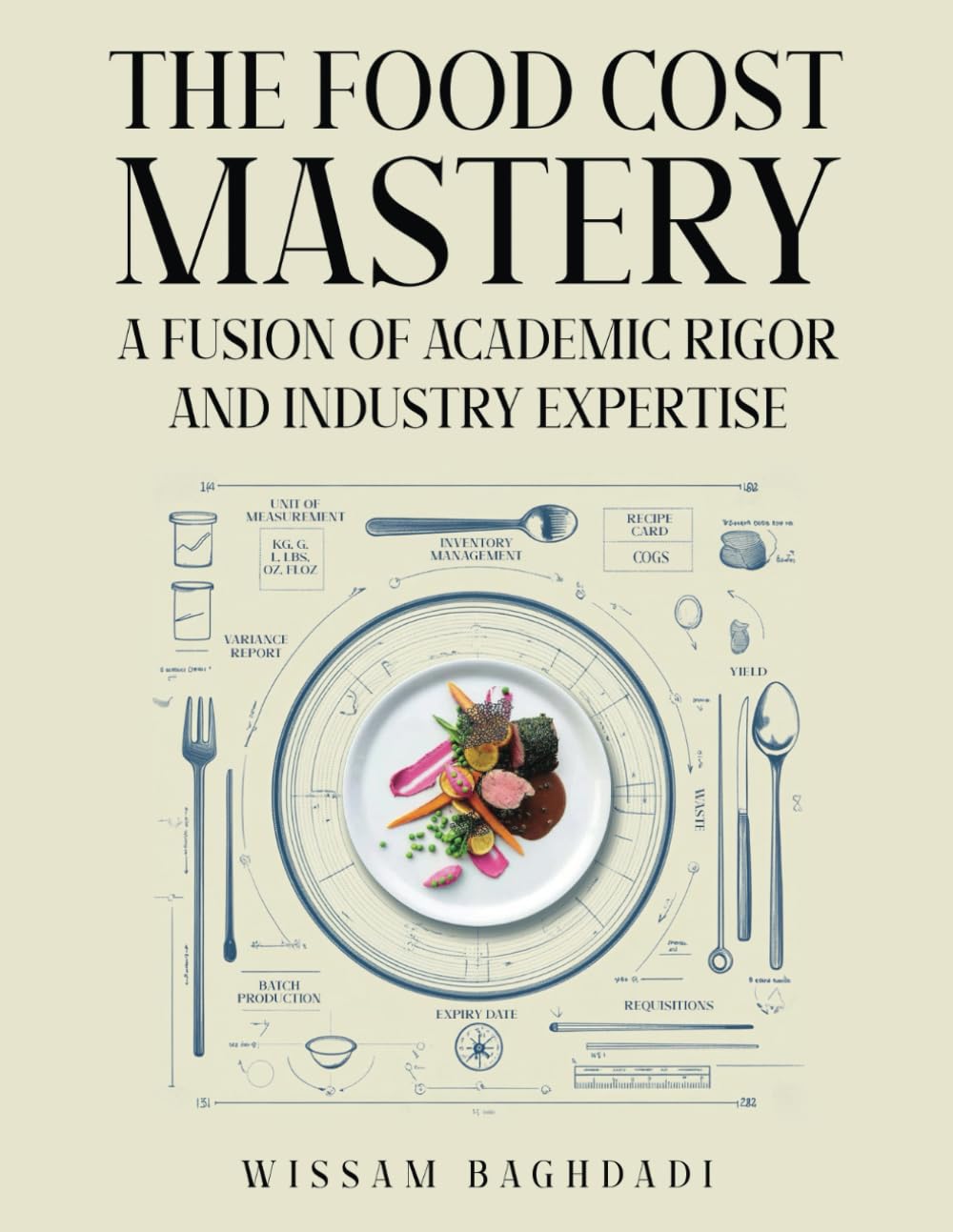
A strong restaurant brand is the foundation of customer loyalty and success. It attracts customers, creates a memorable dining experience, and sets your establishment apart from the competition. However, as The Food Cost Mastery: Fusion of Academic Rigor and Industry Expertise by Wissam Baghdadi points out, building a strong brand should not come at the expense of operational efficiency and cost control. In fact, aligning branding strategies with cost-conscious operations is key to ensuring long-term profitability. Here’s how to build a strong restaurant brand that attracts customers while keeping costs manageable.
1. Define Your Brand Identity
Before attracting customers, you need to define what your brand stands for. What makes your restaurant unique? Is it your commitment to sustainability, the quality of your ingredients, or your exceptional service? Baghdadi emphasizes the importance of crafting a clear and authentic brand identity that resonates with your target audience. Whether you’re positioning your restaurant as a casual dining spot or a fine-dining experience, your brand should consistently reflect these values.
Practical Solutions:
- Brand Consistency: Ensure that every touchpoint—from your restaurant’s interior design to your website, social media, and marketing materials—reflects your brand identity. Consistency builds recognition and trust.
- Customer Experience: The way you treat customers is an integral part of your brand. Staff should embody the values of the restaurant and provide a welcoming, positive experience.
2. Embrace Local and Sustainable Practices
As consumers become more eco-conscious, sustainability is a growing trend in the restaurant industry. Baghdadi highlights that aligning your brand with sustainability not only builds trust with customers but can also be cost-effective in the long term. By sourcing ingredients locally, reducing waste, and using energy-efficient appliances, your restaurant can attract environmentally conscious diners while keeping operational costs low.
Practical Solutions:
- Locally Sourced Ingredients: Partner with local farmers and suppliers to provide fresh, seasonal ingredients. This can reduce food costs, minimize transportation expenses, and appeal to customers who value sustainability.
- Energy-Efficient Equipment: Invest in energy-efficient appliances and implement water-saving measures to reduce utility costs and demonstrate your commitment to sustainability.
3. Leverage Social Media and Marketing
Effective marketing is crucial to building brand recognition. Social media platforms like Instagram, Facebook, and TikTok are powerful tools for showcasing your restaurant’s atmosphere, food, and unique selling points. However, as Baghdadi notes, marketing efforts must be cost-effective to avoid overspending.
Practical Solutions:
- User-Generated Content: Encourage customers to share their experiences on social media. This can be incentivized through loyalty programs, contests, or hashtag campaigns. User-generated content is often more authentic and cost-effective than traditional advertising.
- Targeted Advertising: Use online advertising platforms to run targeted campaigns aimed at your ideal customer base. This allows you to reach new customers without overspending on broad-reaching ads.
4. Create a Memorable Customer Experience
Your brand is more than just your logo or your menu—it’s the entire experience you offer to customers. Baghdadi emphasizes that a memorable experience leads to repeat customers and strong word-of-mouth marketing. From the ambiance to the service and even the food presentation, every detail contributes to your brand’s perception.
Practical Solutions:
- Loyalty Programs: Reward returning customers with discounts, exclusive offers, or personalized services. Loyalty programs create a sense of belonging and strengthen brand loyalty.
- Consistency in Service: Ensure that every customer receives consistent, high-quality service. Training staff to uphold your restaurant’s standards ensures that the customer experience is always aligned with your brand promise.
5. Balance Brand and Cost Control
Building a strong brand requires an investment in quality and customer experience. However, it’s important to balance these efforts with cost control measures to ensure profitability. Baghdadi suggests using data-driven decisions, such as analyzing menu item profitability and customer preferences, to align branding efforts with cost-conscious operations.
Practical Solutions:
- Menu Optimization: Regularly review your menu to ensure it’s aligned with customer preferences while also being profitable. Remove low-performing items that contribute to food waste and inventory costs.
- Monitor Expenses: Track marketing spend and adjust strategies to ensure that advertising and promotions are cost-effective.
Building a strong restaurant brand requires a mix of creativity, consistency, and strategic cost management. By defining your brand identity, embracing sustainable practices, leveraging social media, creating memorable experiences, and balancing branding with cost control, you can attract customers and build loyalty while keeping operational costs in check. As The Food Cost Mastery by Wissam Baghdadi highlights, a strong brand is an ongoing investment that, when done right, pays off through increased demand and long-term profitability.